
Sambucus canadensis - Plant
(MRP Inclusive of all taxes)
- Shipping ₹79 for entire order
- Dispatch in 7 days
- Country of origin: India

(MRP Inclusive of all taxes)
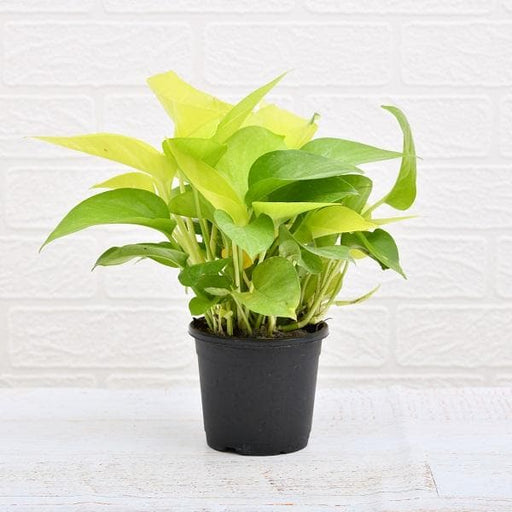 Save 29%
Save 29%
Air Purifier Money Plant with Pot The Air Purifier Money Plant, also known as Pothos or Epipremnum aureum, is a stunning indoor plant that...
View full details
 Save up to 15%
Save up to 15%
Peace Lily, Spathiphyllum - Plant The Peace Lily, scientifically known as Spathiphyllum, is a stunning houseplant celebrated for its elegant white...
View full details
 Save 25%
Save 25%
Jasminum sambac, Mogra, Arabian Jasmine - Plant Jasminum sambac, commonly known as Mogra or Arabian Jasmine, is a fragrant flowering plant...
View full details
 Save 18%
Save 18%
Combo Constituents Includes the Parijat Tree (Night-Flowering Jasmine), a culturally significant plant with fragrant flowers. Description The Pari...
View full details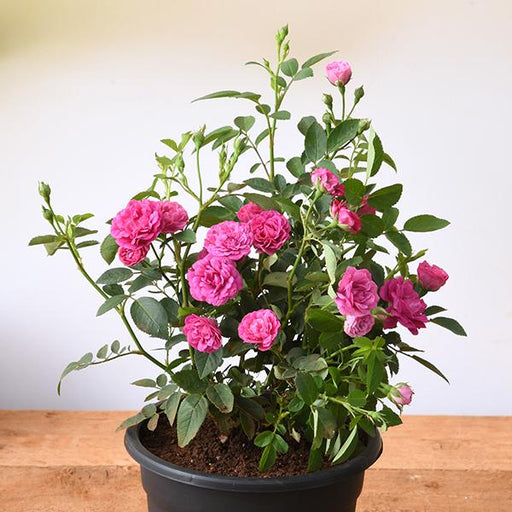
 Save 25%
Save 25%
Miniature Rose, Button Rose (Any Color) - Plant The Miniature Rose, also known as the Button Rose, is a charming and compact flowering plant that ...
View full details Save 25%
Save 25%
Damascus Rose, Scented Rose (Any Color) - Plant The Damascus Rose, also known as Rosa damascena, is a timeless symbol of beauty and romanc...
View full details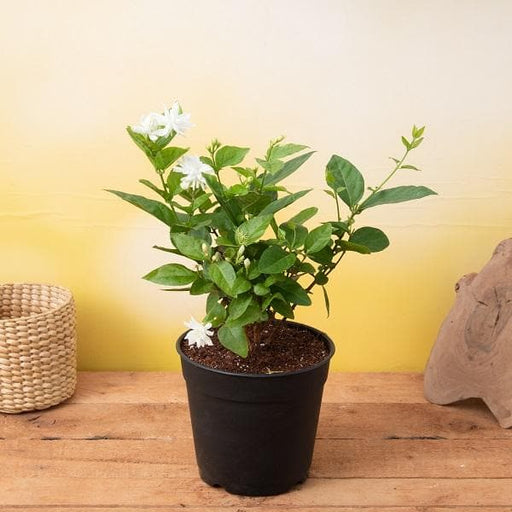
 Save 17%
Save 17%
Beautiful Fragrant Mogra, Arabian Jasmine Plant with Pot The Beautiful Fragrant Mogra, also known as Arabian Jasmine (Jasminum sambac), is...
View full details Save 15%
Save 15%
Pack of Vermicompost and Neem Cake for House Plants Transform your indoor garden with our premium Pack of Vermicompost and Neem Cake, spec...
View full details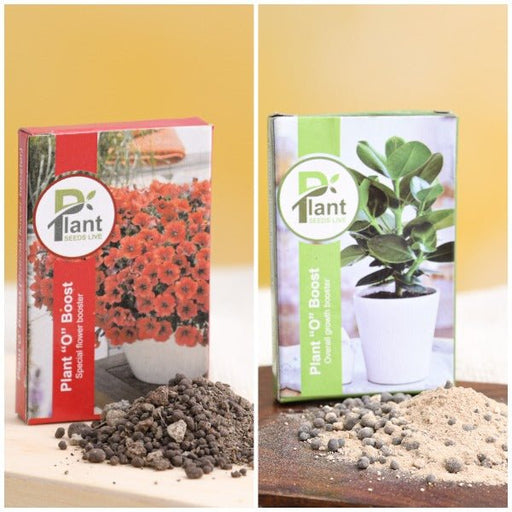
Pack of Plant Growth and Flower Boosters Unlock the full potential of your garden with our Pack of Plant Growth and Flower Boosters! This ...
View full details Save 38%
Save 38%
Combo of Jeevamrut and Neem Raksha for Easy Growth and Protection of Houseplants Transform your indoor garden with our exclusive combo of ...
View full details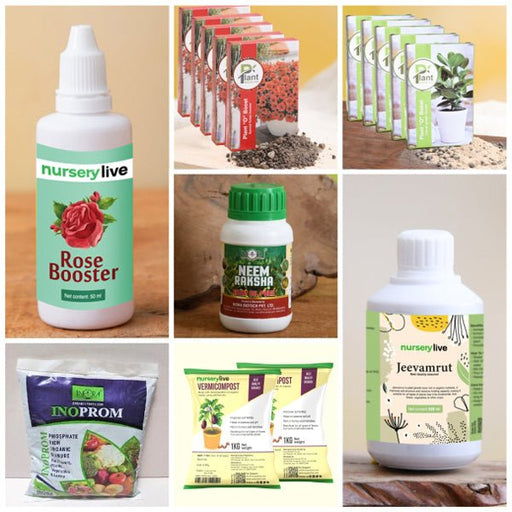 Save 22%
Save 22%
Plant Nutrients Kit (Pack of 16) for a Healthy Garden Transform your garden into a lush paradise with our Plant Nutrients Kit, featuring 1...
View full details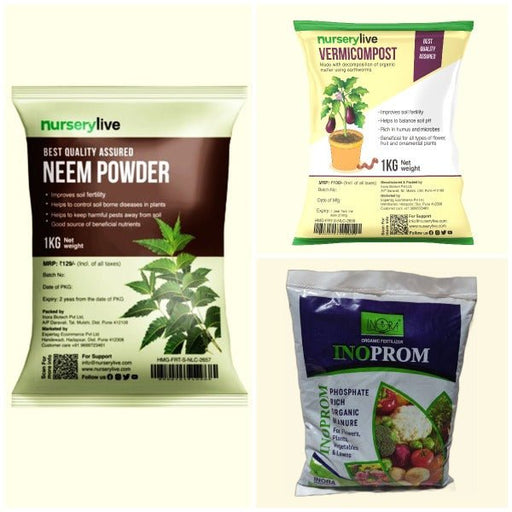 Save 16%
Save 16%
Combo of Top Plant Fertilizers Elevate your gardening game with our exclusive Combo of Top Plant Fertilizers, featuring two bags of premiu...
View full details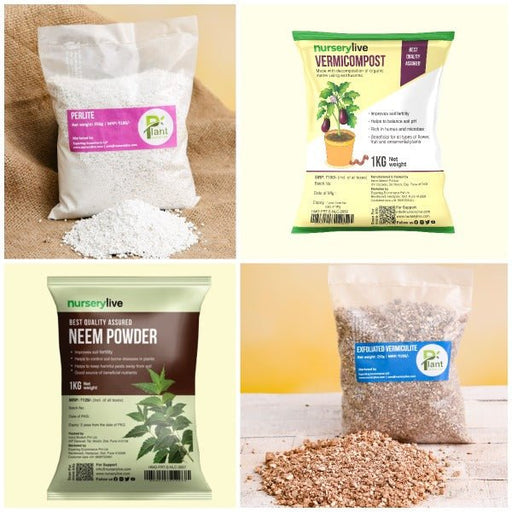 Save 24%
Save 24%
Pack of 4 Additives to Make Soil Healthy and Nutrient Rich Transform your garden into a thriving ecosystem with our Pack of 4 Additives de...
View full details Save 30%
Save 30%
Transform your gardening experience with our premium Combo of Perlite and Vermiculite. This unique blend is designed to enhance soil aeration and ...
View full details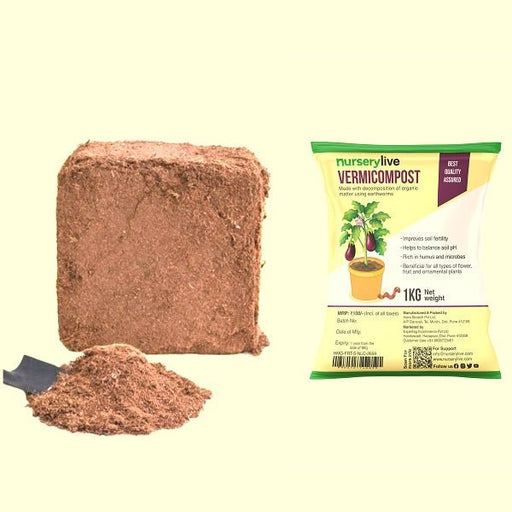 Save 27%
Save 27%
Combo of 2 Vermicompost and Cocopeat - Enrich Your Soil Naturally! Transform your garden into a thriving ecosystem with our Combo of 2 Ver...
View full details
 Save 35%
Save 35%
Best 6 Plants for Perfect Indoor Garden Transform your living space into a lush oasis with our curated collection of the Best 6 Plants for a...
View full details
 Save up to 50%
Save up to 50%
Mini Succulent Garden Pack Transform your space with our Mini Succulent Garden Pack, featuring a delightful collection of 4 any variety beautiful s...
View full details
 Save 30%
Save 30%
5 Best Fragrant Plants Transform your garden or indoor space into a fragrant paradise with our curated selection of the 5 Best Fragrant Plants. Th...
View full details
 Save 24%
Save 24%
Set of 2 Bonsai Looking Grafted Adeniums Transform your indoor or outdoor space with our exquisite Set of 2 Bonsai Looking Grafted Adenium...
View full details Save 45%
Save 45%
Top 4 Die Hard Succulents Pack Transform your indoor or outdoor space with our Top 4 Die Hard Succulents Pack, featuring a curated selecti...
View full details
 Save 30%
Save 30%
5 Best Indoor Plants Pack Transform your living space into a lush oasis with our '5 Best Indoor Plants Pack.' This carefully curated collection fe...
View full details
 Save 25%
Save 25%
Set of 4 Evergreen Air Purifier Plant Pack Transform your indoor space into a lush, green oasis with our Set of 4 Evergreen Air Purifier Pla...
View full details| SrNo | Item Name |
|---|---|
| 1 | Sambucus canadensis - Plant |
Sambucus canadensis, commonly known as the American elderberry, is a deciduous shrub native to North America. This versatile plant is celebrated for its clusters of small white flowers and dark purple berries, which are not only visually appealing but also packed with nutrients. Elderberries have been used for centuries in traditional medicine, making this plant a valuable addition to any garden or landscape.
What makes Sambucus canadensis special is its rich history and cultural significance. Native American tribes utilized elderberries for their medicinal properties, while European settlers adopted these practices. The plant thrives in various environments, making it an excellent choice for both ornamental and functional gardens.
One of the standout features of Sambucus canadensis is its ability to attract pollinators, such as bees and butterflies, contributing positively to local ecosystems. Additionally, the berries are a food source for birds and other wildlife, enhancing biodiversity in your garden.
If you’re looking for a plant that’s as versatile as a Swiss Army knife, look no further than Sambucus canadensis. This beauty isn’t just a pretty face; it’s packed with antioxidants, vitamins, and minerals that can boost your immune system and keep those pesky colds at bay. Plus, its berries are a delicious treat for both humans and birds alike. Who knew a plant could be the life of the party and a health guru at the same time?
Caring for Sambucus canadensis is like nurturing a diva—she needs her space, a bit of water, and the right amount of sunlight to thrive. This plant loves moist, well-drained soil and can tolerate a bit of shade, making it the perfect addition to your garden. Just remember, too much sun can lead to a sunburn, and nobody wants a cranky plant on their hands!
The uses of Sambucus canadensis are as varied as a buffet at a wedding. From making delicious syrups and jams to crafting herbal remedies, this plant is a culinary and medicinal superstar. Its flowers can be steeped for tea, while the berries can be transformed into everything from wine to pies. Talk about a multitasker!
Propagating Sambucus canadensis is easier than pie—well, maybe easier than making pie. You can take cuttings or sow seeds, and before you know it, you’ll have a mini forest of elderberry plants. Just give them some love, and they’ll reward you with their luscious berries and stunning flowers. It’s like planting a little piece of magic in your backyard!
Like any good drama, Sambucus canadensis has its share of villains. Pests like aphids and spider mites may try to crash the party, but fear not! A little neem oil or insecticidal soap can send them packing. Keep an eye out for these uninvited guests, and your elderberry will continue to shine like the star it is.
not too dry, not too soggy, but just right. With the right foundation, your elderberry will be the belle of the botanical ball.
When it comes to growth, Sambucus canadensis is like that friend who shows up fashionably late but makes a grand entrance. This plant can grow up to 12 feet tall in just a few years, making it a fast-growing addition to your garden. Just be prepared to give it some room to stretch its limbs and show off its stunning foliage!
If you’re into herbal remedies, Sambucus canadensis is your new best friend. Known for its anti-inflammatory and antiviral properties, this plant has been used for centuries to treat everything from colds to allergies. It’s like having a tiny pharmacy right in your backyard, minus the long lines and insurance paperwork!
Cooking with Sambucus canadensis is like adding a secret ingredient to your favorite dish. The flowers can be used to make elderflower cordial, while the berries are perfect for jams, jellies, and even desserts. Your culinary creations will have everyone asking, “What’s your secret?” Just don’t forget to share the love (and the recipe)!
Sambucus canadensis thrives in wetland areas, making it the ultimate water-loving plant. Whether it’s along riverbanks or in moist woodlands, this plant knows how to find its happy place. So, if you have a soggy spot in your garden, consider it a prime real estate opportunity for this fabulous elderberry!
With Sambucus canadensis, variety is the spice of life! From the classic black elderberry to the stunning golden elder, there’s a type for every garden aesthetic. Each variety brings its own flair, whether it’s vibrant foliage or unique berry colors. It’s like having a botanical fashion show right in your backyard!
Harvesting Sambucus canadensis is like a treasure hunt, but instead of gold, you’re after those juicy berries. Wait until they’re fully ripe, and then pluck them with care. Just remember, patience is key—harvesting too early can lead to a sour experience. Once you’ve gathered your bounty, the culinary possibilities are endless!
Sambucus canadensis, also known as elderberry, is a deciduous shrub that produces clusters of small white flowers and dark purple berries. It's like nature's candy store, offering delicious fruits perfect for jams, jellies, and even wine. Plus, it’s a favorite among birds, making your garden a feathered fiesta!
Growing Sambucus canadensis is as easy as pie! Plant it in well-drained soil with full sun to partial shade. Water it regularly, and watch it thrive like a teenager on a sugar rush. Just remember, it can grow quite large, so give it some space to spread its wings!
Sambucus canadensis is not just a pretty face; it’s packed with antioxidants and vitamins! The berries are known for their immune-boosting properties, making them a go-to for cold and flu season. Plus, they’re delicious! Who knew health could taste so good
Harvest Sambucus canadensis berries when they turn a deep purple, usually in late summer to early fall. Timing is everything, like catching the last slice of pizza! Just make sure to wear gloves, as the raw berries can be a bit toxic if you overindulge.
While Sambucus canadensis berries are tempting, eating them raw is a no-go! They contain cyanogenic glycosides, which can cause tummy troubles. Cook them into jams or syrups, and you’ll transform those little troublemakers into a delightful treat. Cooking is the magic wand here!
Propagating Sambucus canadensis is a breeze! You can take softwood cuttings in late spring or divide established plants in early spring. Just stick them in water or soil, and watch them root like they’re auditioning for a gardening reality show. Green thumbs up!
Sambucus canadensis can attract pests like aphids and spider mites, but don’t panic! A gentle spray of water or insecticidal soap can send them packing. Think of it as a pest eviction notice. Keep your elderberry healthy, and it’ll reward you with a bounty of berries!
Sambucus canadensis is not exactly on the deer’s “do not eat” list. They might munch on it if they’re feeling peckish. To keep those four-legged friends at bay, consider using repellents or planting alongside deer-resistant companions. It’s a garden party, and you want the right guests!
Sambucus canadensis is a multitasker! Its berries can be transformed into syrups, jams, and even wine, while the flowers make delightful elderflower cordial. Plus, it’s a fantastic addition to your garden, attracting pollinators and providing a natural privacy screen. Talk about a plant with benefits!
Yes, you can grow Sambucus canadensis in containers, but it’s like putting a lion in a small cage! Choose a large pot and ensure it has good drainage. Just remember, it will need regular watering and may outgrow its home faster than you can say “elderberry!”
Sambucus canadensis thrives in well-drained, loamy soil with a pH of 5.5 to 7.0. Think of it as the Goldilocks of soils—not too sandy, not too clayey, but just right! Add some organic matter, and you’ll have a happy elderberry plant ready to party!
Pruning Sambucus canadensis is like giving it a stylish haircut! Do this in late winter or early spring to remove dead or damaged branches. Aim for an open center to promote airflow, and your plant will thank you with a bounty of blooms and berries. Snip, snip, hooray!